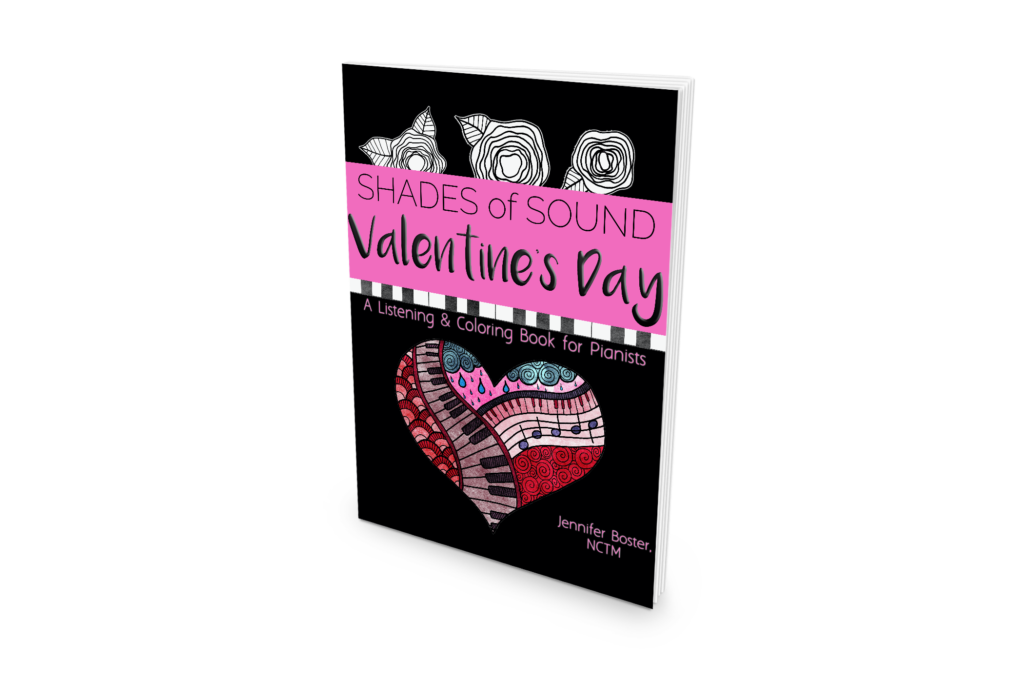Weekend Repertoire: Good-Humored Variations

can’t wait to teach this one to a student.
Today’s piece: Seven Good-Humored Variations on a Ukrainian Folk-Song, Op. 51, No. 4 by Dmitri Kabalevsky
Level: Mid-Intermediate
Teaches: oh so many great things: theme and variations, staccato at a piano dynamic level, accents (including tenuto and sforzando), marcato, leggiero, alberti bass, arpeggios, left hand melody, syncopated/off-beat rhythm, cantabile
Preview the score: here
Buy the score: here
Listen: here, on YouTube
So I had to laugh at the title of this piece, but these variations definitely are good-humored and playful. This would be a wonderful piece for a student looking for something fun, a little bit showy (would be excellent for a recital), and challenging enough but totally doable. The theme itself is super simple. The thing that makes this piece so great for teaching is that it uses a great variety of articulations and musical markings – soft, staccato & leggiero; loud & marcato; smooth and flowing and cantabile; and basically everything in-between. The final variation and coda includes lots of octaves, accents, sforzandos and fortissimos.
My advice in learning this piece would be to:
- Learn it one variation at a time, hands alone.
- Figure out the basic chord progressions and write them in. Learn them well because the progressions in each variation are very similar.
- Learn the details right from the beginning – have fun with it! Make your dynamics very contrasting, play staccatos very short and crisp. Make the legato sections very smooth, connected and beautiful, to contrast the many staccato, marcato, and just plain loud sections. Figure out what the character of each variation should be, then work on listening to the sound of each variation and creating a unique sound and character for each.
- Practice with a metronome – go for accuracy and control, especially on the fast sections. They will sound much more brilliant and energized when you can play each note clearly at a controlled tempo.
- Again – have fun with it! Make it sound like a dance.
 |
| Image credit |

 Next Post
Next Post

















